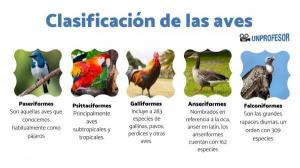Parts of the plant cell
In this video I will explain parts of the plant cell. As its name suggests, the plant cell is one that makes up the members of the kingdom Plantae. It is a eukaryotic cell, with a differentiated nucleus, membrane and cytoplasm just like the animal cell. Both types of cells share some other characteristics but differ in others.
A plant cell is a type of eukaryotic cell of which many plant tissues are composed. Often, it is described with the features of a cell from the assimilating parenchyma of a vascular plant. But its characteristics cannot be generalized to the rest of the cells of a plant, meristematic or adult, and even less to those of the very diverse organisms imprecisely called plants.
Below you have the image of which are the parts of the plant cell:

- Cellular wall
- Plasma membrane
- RE, AG, ribosomes
- Mitochondria
- 1 large vacuole
- Starch granules
- Peroxisomes
- Glioxisomes
- Plasmodesmata
- Plastos
- Sexual and asexual reproduction
Unlike the animal cell, the plant cell has a cell wall that provides rigidity and protection to the plasma membrane. Chloroplasts and vacuoles are also inherent in
cells of any type of plant that performs photosynthesis.
In the video you will be able to understand betteras parts of the plant cell. Also, if you are not sure you can continue practicing with problems of this type doing the printable exercises with their solutions that I have left on the web. We hope you learn a lot from these classes!



